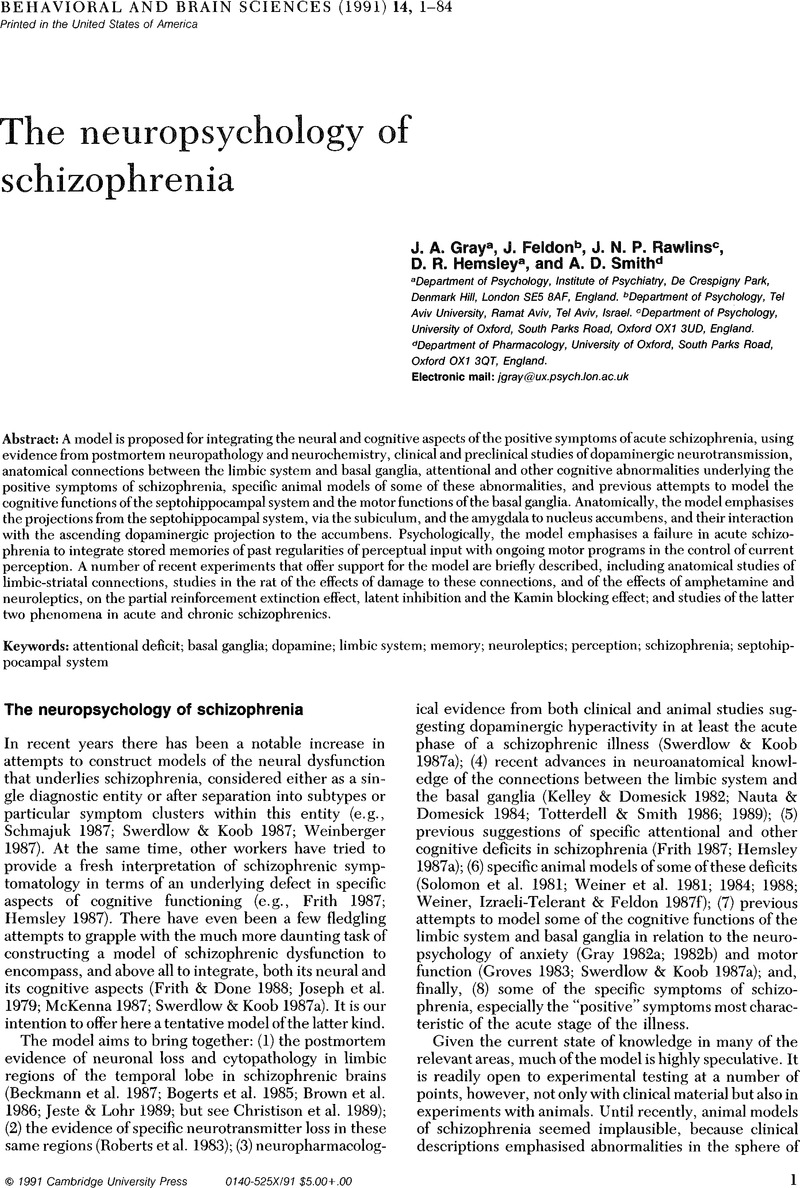Crossref Citations
This article has been cited by the following publications. This list is generated based on data provided by Crossref.
Rossi, Alessandro
Stratta, Paolo
Mancini, Fabrizio
Gallucci, Massimo
Mattei, Paolo
Core, Laura
Di Michele, Vittorio
and
Casacchia, Massimo
1994.
Magnetic resonance imaging findings of amygdala- anterior hippocampus shrinkage in male patients with schizophrenia.
Psychiatry Research,
Vol. 52,
Issue. 1,
p.
43.



